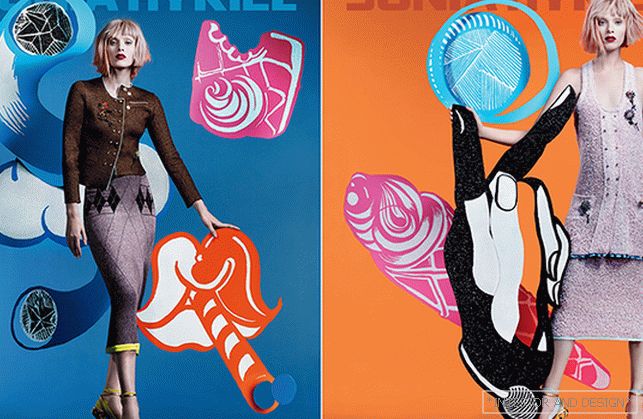Refined fashion houses - Dior, Chanel, Yves Saint Laurent - have long been partial to the "goose foot". At last, this type of cell was carried away by furniture makers.
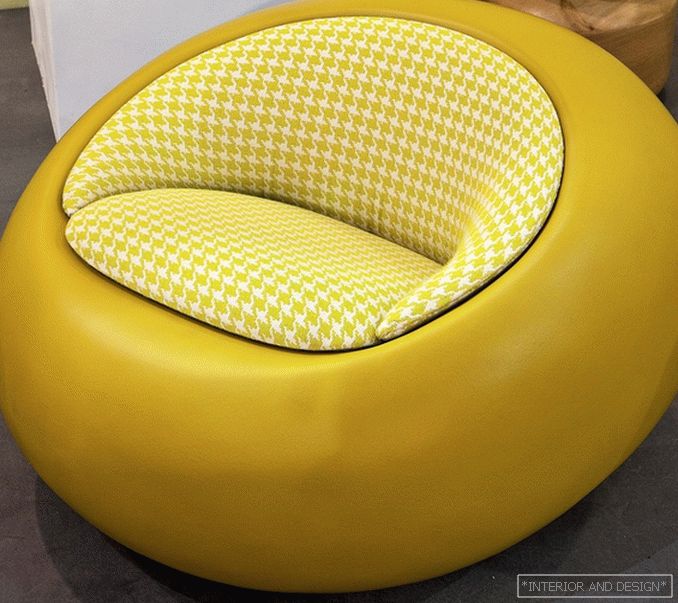
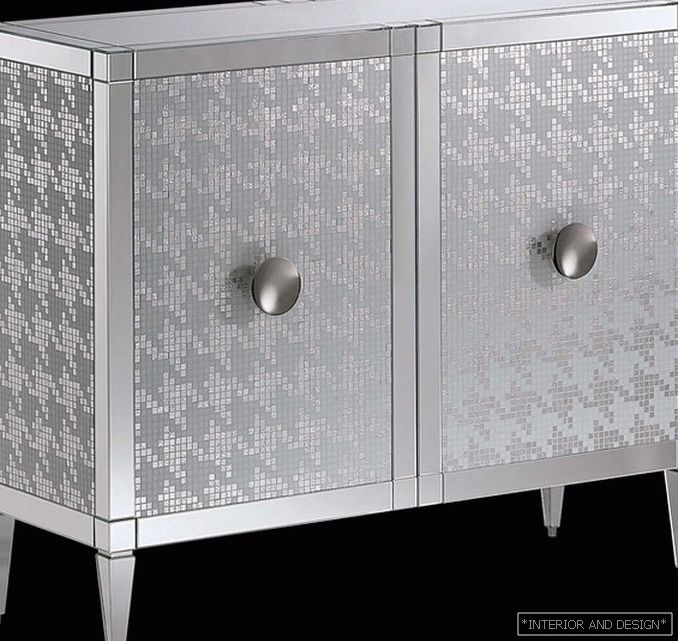
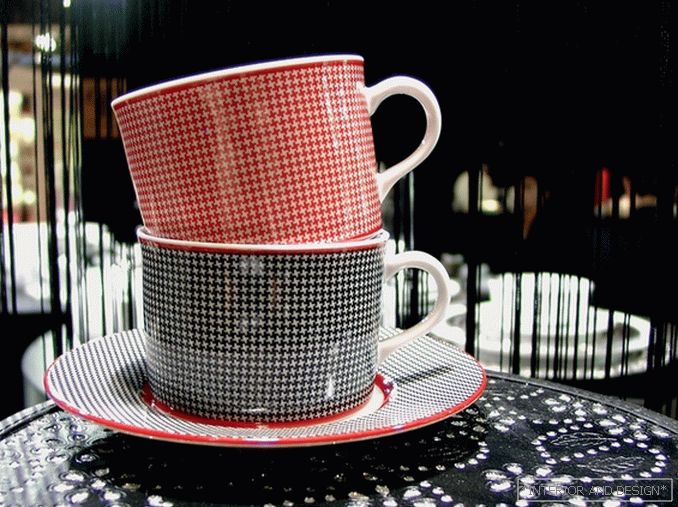

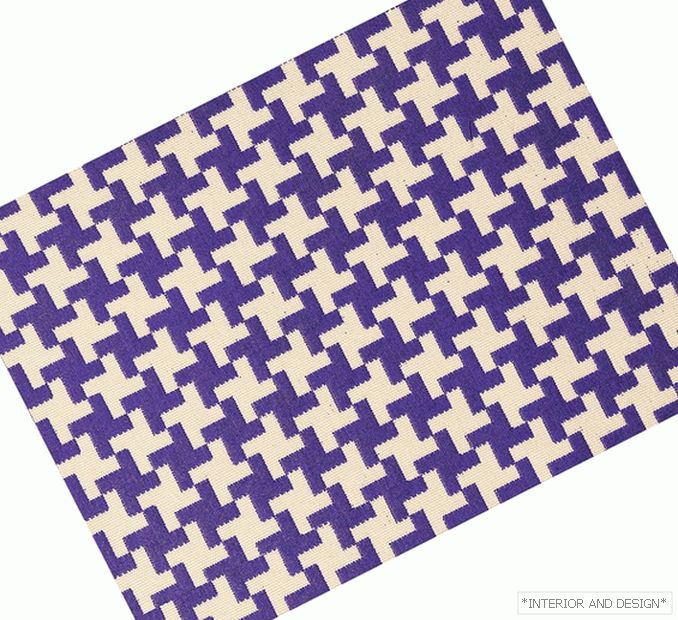
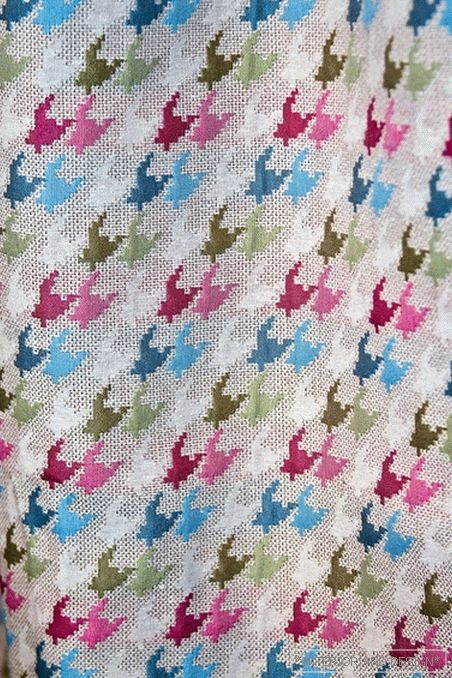
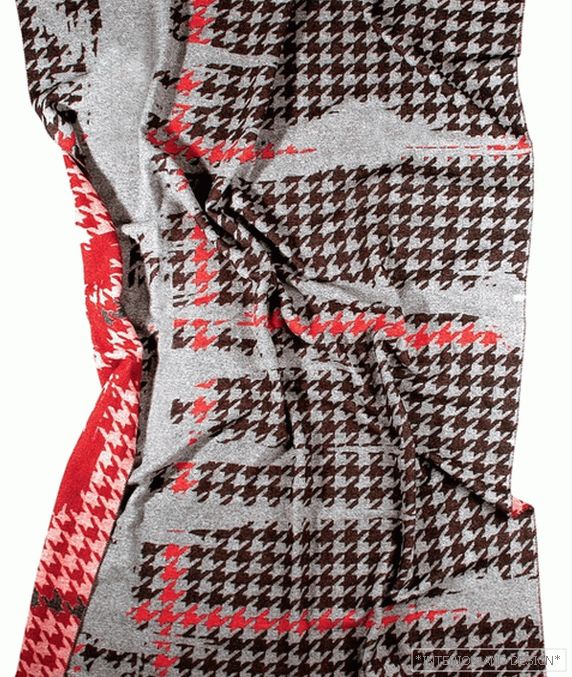
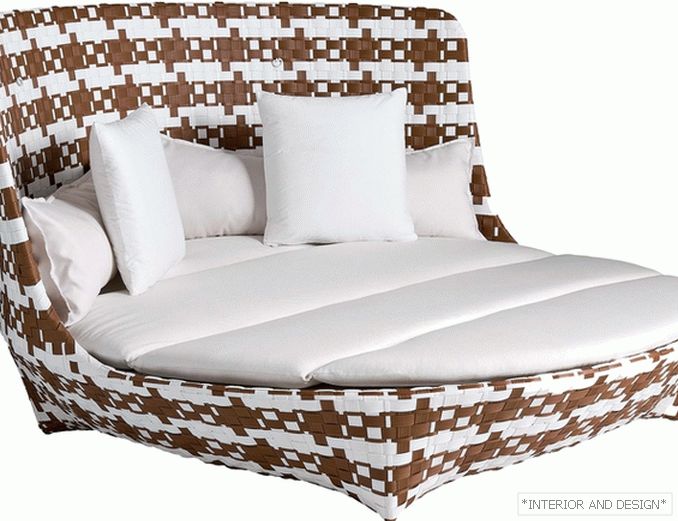
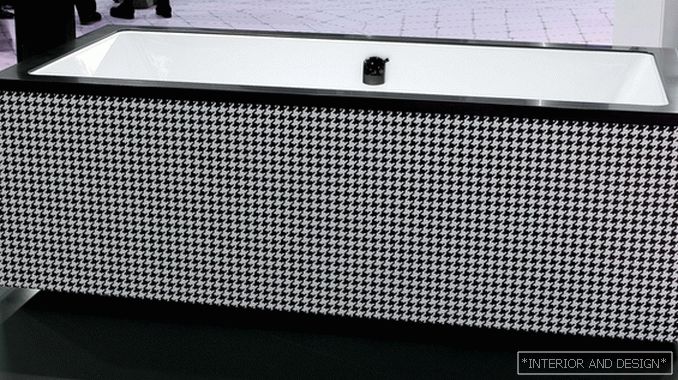
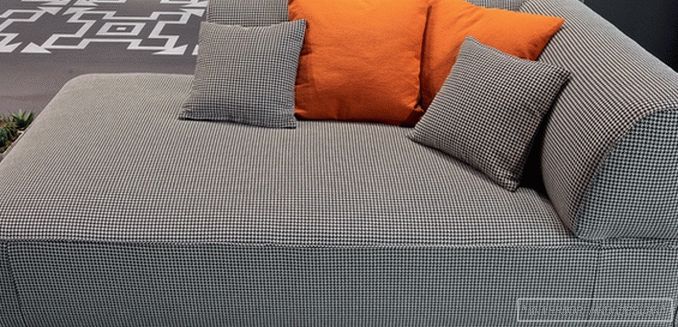
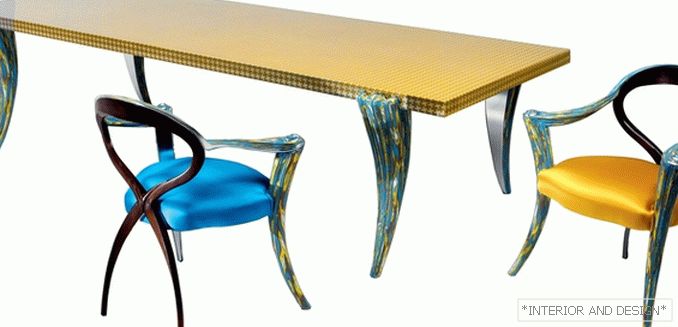
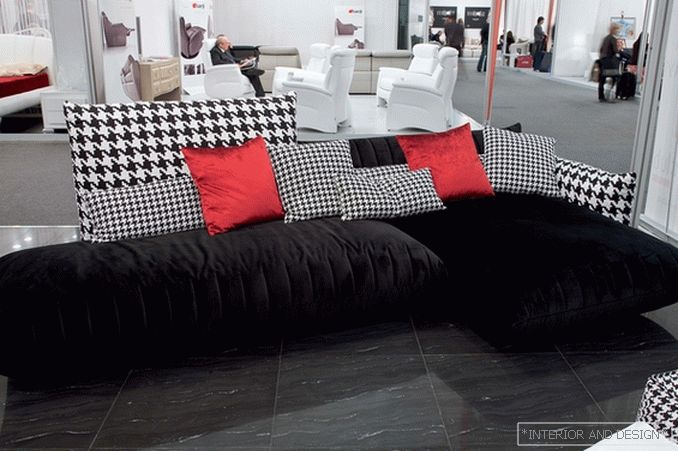 Passing the gallery
Passing the gallery A photo: Dmitry Livshits, - press services, Pavel Pshenichny
Leading headings: Marina Volkova
Magazine: (180) 2013
It all began with the ancient Romans, those who lived on the territory of Scotland (the Roman Empire extended to these lands). How they managed to cope with such complex weaving still remains a mystery. For a long time, interest in this pattern was shown only in his homeland. And at first, mostly shepherd's cloaks were sewn from it. But a few centuries later, in the clothes with a characteristic pattern, diplomats and politicians flaunted already. And the blame for everything - the Prince of Wales. It was he who introduced the ornament into the high society fashion, appearing at receptions in checkered suits.
In the 1950s, the popular British print "exported" famous football coach Paul Bryant overseas, who loved the hats in the goose foot. Thanks to princes and other aristocracy, the ornament became associated with respectability. These performances cemented the fashion – industry, and in particular Christian Dior, who made the goose print his business card. The name of the picture, however, does not really fit with solidity. It has survived from shepherd times and is given because the skewed cage is really something like traces of geese. To some, it looks more like a dog's canine (houndstooth in English). This second marking also caught on, and the British like it even more.

